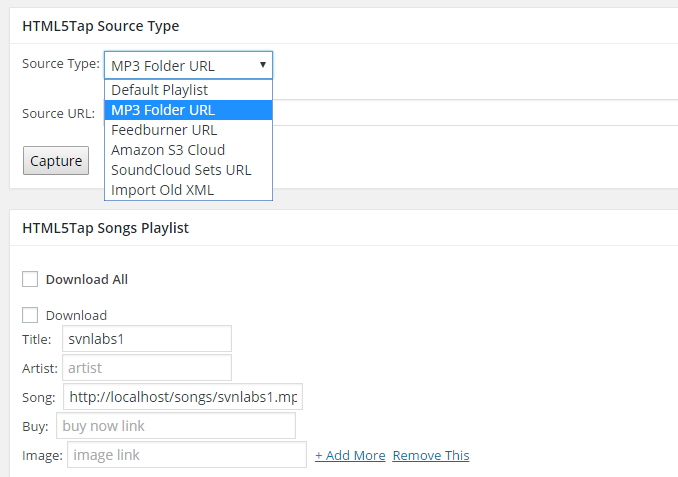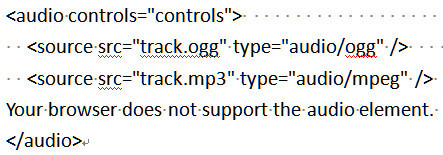


Ngx-Videogular is a robust media framework driven by Angular. Because of this, it soon gained popularity and has remained broadcasters’ preferred pick.

The HTML5 video player provides broadcasters with the assistance they need to effectively reach sizable audiences. To get content from the video CDN or online video player hosting the streaming, HTML5 video players employ the HTTPS Live Streaming (HLS) protocol created specifically for streaming. Because of their high compatibility and adaptability, these video players help broadcasters expand the audience for their streams. Hovering will brighten the links.In the digital world, HTML5 video players are currently the most widely used kind of video player. Ideally, we want the three thumbnail links to be displayed in a dimmed state beside the main video. Our next step is to enhance the presentation of the playlist with CSS. The result won’t look pretty, nor does it have the interactivity we want, but it does work.
#HTML5 VIDEO PLAYER WITH PLAYLIST CODE VIDEOGULAR MP4#
mp4 version of the videos, which will be displayed in the majority of browsers. I’m also assuming that all browsers using the page understand HTML5 video: if that assumption was unreasonable, there are further fallbacks I could write in). (For the same of clarity, I’m placing all files in the same location. Keeping this approach in mind, our markup looks something like this: HTML is the base layer of our web page: if we build that to serve as many visitors as possible, then CSS and JavaScript can be considered an enhancement to the basic experience. Obviously, that’s not what we want to happen, but it’s the pragmatic default state. The construction of the HTML makes the simple assumption that the CSS and JavaScript we add later will fail to work as intended. For this example I’ll reference outtakes from Marsel Van Oosten’s and Daniella Sibbing’s spectacular astrophotography timelapse Nambian Nights, licensed under Creative Commons. The easiest way to start development on the video playlist is to work from the base HTML upwards. Instead, I opted to show the students a solution using native JavaScript, using the principles of progressive enhancement. There are also many JQuery plugin candidates, but it seemed excessive to load in a 100K framework just to create a playlist. One possible answer is to use PHP to generate URL variables for a element, an approach similar to the one I’ve provided in the simple server-side image gallery. They also wanted a responsive solution that would be easy to implement. Last week two of my students wanted to know if there was a way to create a HTML5 video playlist without using a third-party service such as YouTube.


 0 kommentar(er)
0 kommentar(er)
